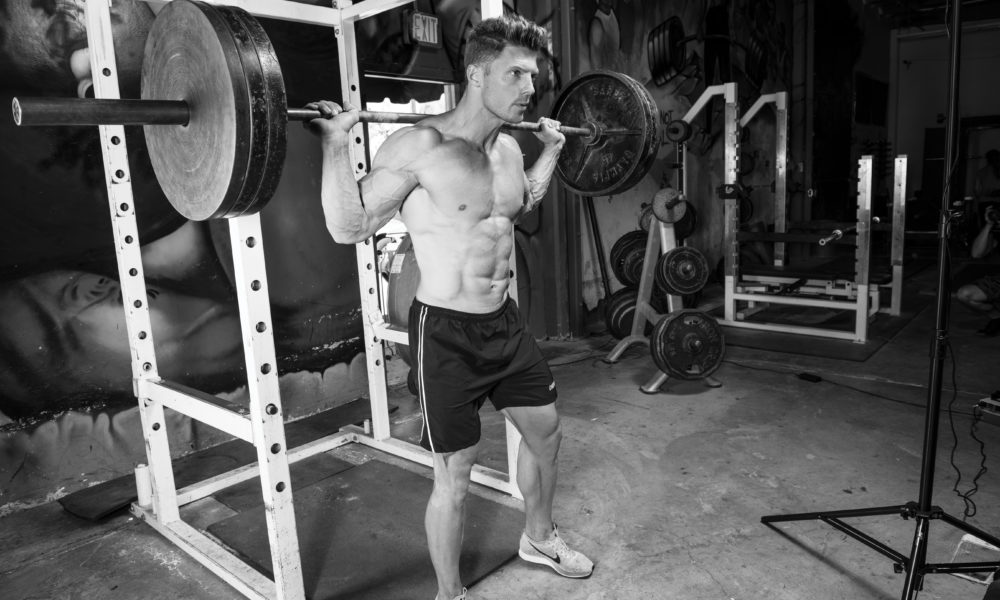

Do heavy squats and deadlifts make you thick through the middle?
By Tucker Loken
I’ve heard this question from a lot of male and female competitors over the years: “Will heavy squats and deadlifts make my waist big and thick?” They are afraid to get under a barbell and do squats with any significant amount of weight, and especially afraid to do deadlifts, because they think it will throw off their lines and make them look blocky.
The thinking is that because it takes a lot of core strength to move big weight in the squat and deadlift, low reps and heavy weight will stimulate the muscles in the core and waist and cause them to hypertrophy beyond what a normal competitor would want. If you look at powerlifters, you can see they all have big thick waists, and it’s all from doing heavy squatting and deadlifting.
Chicken Or Egg?
Noticing that powerlifters tend to have wide waists and are also very strong is just seeing a pattern. Good basketball players tend to be tall, but does that mean that playing basketball makes people grow taller, or is it just that people who are tall tend to have an advantage shooting hoops? If you take that and compare it to powerlifting, you’ll notice all the different body types that are attracted to lifting weights and that each one gravitates to what they are naturally good at. A naturally lean person with a slim build is most likely going to have a hard time competing with their stocky and thick friend in powerlifting, but they could be very competitive in a physique or bodybuilding competition. The same logic goes for people with the opposite body type. Physique and aesthetics are not going to be where they shine, but if they are naturally robust and strong, then powerlifting would suit them well. Just like how a small bone structure with a narrow waist and wide shoulders will help a bodybuilder create the most muscle-popping appearance possible, thick joints and big bones will help people move heavy weights.
Secondly, core muscles don’t grow like biceps. The core can be stimulated and developed, but the majority of the muscle fibers found in the core are slow-twitch muscle fibers. Slow-twitch fibers are mainly used for endurance and don’t have the same explosive strength or propensity for growth as fast-twitch fibers. Bodybuilders want to work their muscles and all the fiber types as thoroughly as they can, but someone could do just as many sit-ups as they do barbell curls, and their arm muscles would grow much faster than their ab muscles. Because of the endurance nature of the core muscles, often the biggest culprit of waist growth is bodyweight rather than a one-rep max weight on squats or deadlift. If the abdominal and oblique muscles respond best to endurance based stimulation, rather than maximal weight stimulation, then increasing bodyweight and forcing your core to support a much greater amount of muscle mass 24 hours a day will add more core hypertrophy than picking up heavy weight. This is what we saw in the 2000s with bodybuilding. The bodybuilders were getting up to over 300 pounds in the off-season, and their physique was suffering because of it. Prior to that period, bodybuilders were still squatting and deadlifting heavy, they just weren’t getting as big as they do today. The only variable in the situation is the overall bodyweight of the bodybuilders, not the act of doing heavy squats and deadlifts.
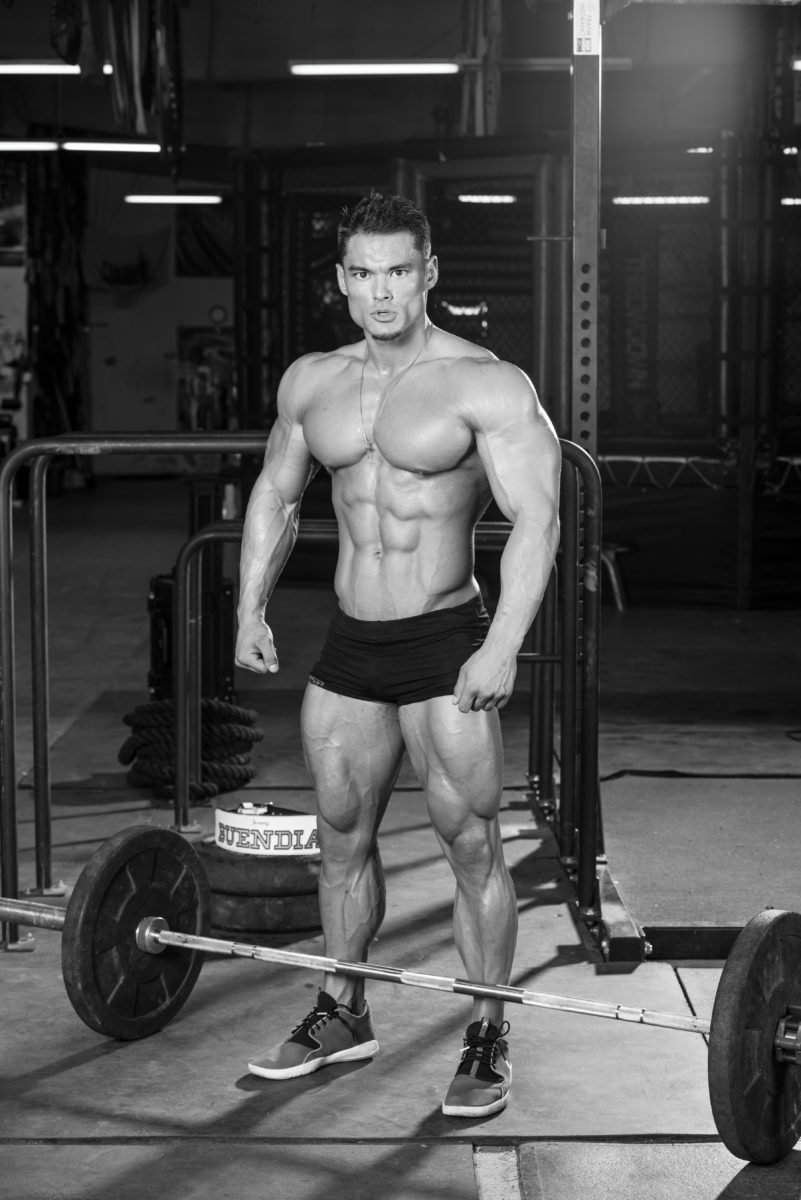
Lastly, powerlifting as a training style isn’t made for growth. Powerlifting isn’t about building big muscles, it’s about moving big weights. A powerlifter can out-squat a bodybuilder of the same bodyweight, and a bodybuilder’s quads will be much more developed and larger than a powerlifter’s. If bodybuilding training is all about size and growth, then why would powerlifting cause growth in a bodypart more than bodybuilding would? If powerlifting elicits more muscle growth than bodybuilding, we’ve all been doing something wrong for a long time.
The Answer
The answer to the questions is heavy squatting and deadlifting won’t blow out someone’s waist and ruin their chances on a bodybuilding stage. There are plenty of bodybuilders gifted with strength who have squatted and deadlifted big numbers but have not suffered from ever-expanding waist syndrome. There are also plenty of powerlifters who have been gifted with aesthetic body types who have maintained a trim waist and low body fat while practicing heavy squats and deadlifts. Once examined, the reasoning to stay away from squats and deadlifts for bodybuilding, physique, figure, and bikini competitors just doesn’t hold up. Everyone should be doing these big exercises because they will recruit the most muscles and lead to building the best physique possible, trim waist and all.







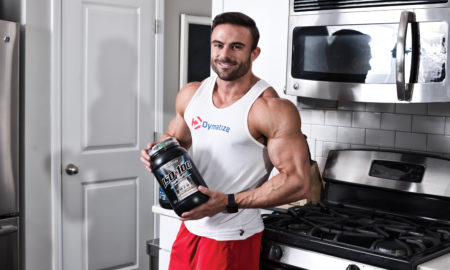





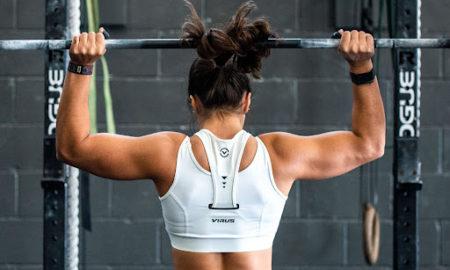

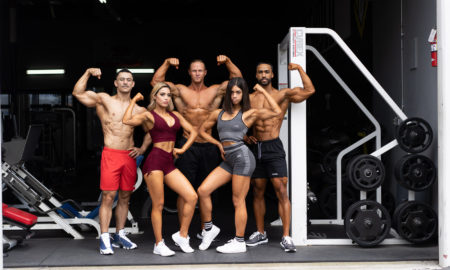
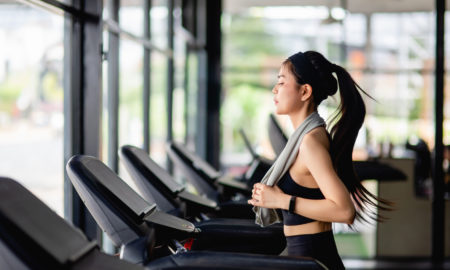
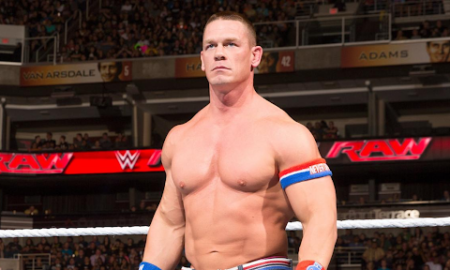
You must be logged in to post a comment Login